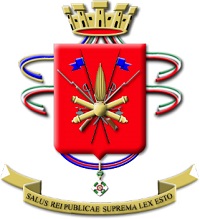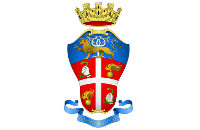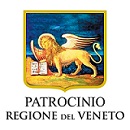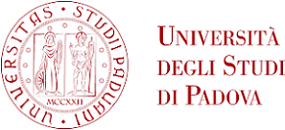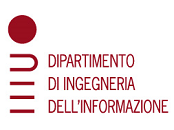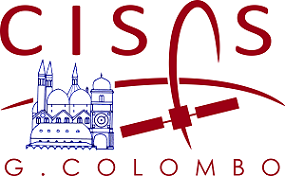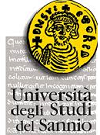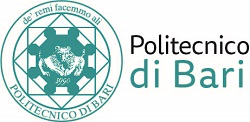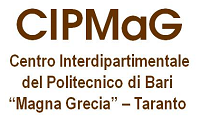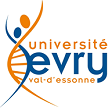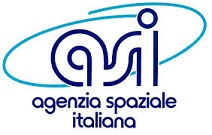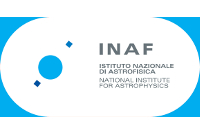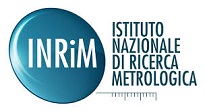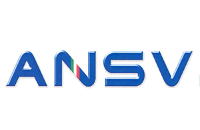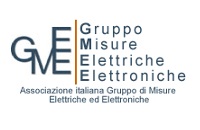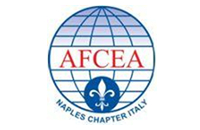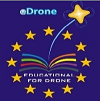 TUTORIALS
TUTORIALS 
Wednesday June 21st, 2017
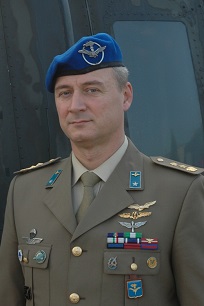
SESSION 2 - 15:15 - 16:00
ABSTRACT
Flying has always been a dangerous activity, and to prevent and reduce the possibility of accident occurrences maintenance has always had a specific care.Since the beginning military and civil authorities have been developing their own philosophy and organizations on that specific issue, which were on the opposite edge of the scheme. More specifically, in the civil aviation the main philosophy used in maintenance activity had always been the “on condition”. It means that all subsystems and parts, if not airworthiness related, would be replaced only after malfunction. Obviously that approach is telated to a very low maintenance cost and a very high cost/effective rate. On the other edge, the military organization, looking forward to the operational requirements and not on the economic aspects, having the need to have always efficient aircrafts with efficient subsystems to be prepared for a fight in any moment, mainly used the philosophy to replace parts before they got broken. That way of perform maintenance, force to replace parts that are still working, and obviously is very expensive. That’s the reason why time by time this philosophy is going to be replaced with the other one. The change in the military maintenance philosophy started and went on side by side with the improvements in the measurements and data recording capability. These evolution lead to new monitoring and diagnostic systems, growing up and becoming always more efficient and effective. Todayis new generations aircrafts are equipped with monitoring and diagnostic systems which allow to replace a component just before a brake out occurs. That is a really great innovation and allows to increase even the rate of efficiency of the units. Stating that only useful maintenance operations will be performed.
SHORT BIOGRAPHY
1988-1990 Army Academy (169th course)
1990-1992 Army Military College
1997 University Degree in Mechanical Engineering
1998-1999 Army Aviation Aircraft & Helicopter Engineer Course
2000 Army War College
2003-2004 Flight Test Engineer Course (National Test Pilot School – USA)
2008 University Degree in Military Science
1995-2000 Infantry Officer at 66th Infantry Regiment as Company Leader
2000-2003 Technical Officer at 4th Helicopter Regiment as Maintenance Squadron Leader
2003-2008 Flight Test Engineer at RSV (Italian Air Force Flight Test Centre)
2008-2010 Flight Test Engineer at CSAVES (Italian Army Aviation Test Centre)
2010-2012 Group Leader at 1st Maintenance and Support Group - Italian Army Aviation Training Centre
2012 Flight Test Engineer at CSAVES (Italian Army Aviation Test Centre)
Publications:
“The Single Fuel Concept” Rivista Militare
“La proiezione aerea delle unità” Rassegna Militare
“Net-Centrik Capability on Rotary Wings Platforms” Rivista Militare
Other degrees/qualifications:
Army Aviation Technical Instructor
Parachutist
Pilot
Swimming instructor
Scuba-diving instructor
Paramedic operator with red-cross
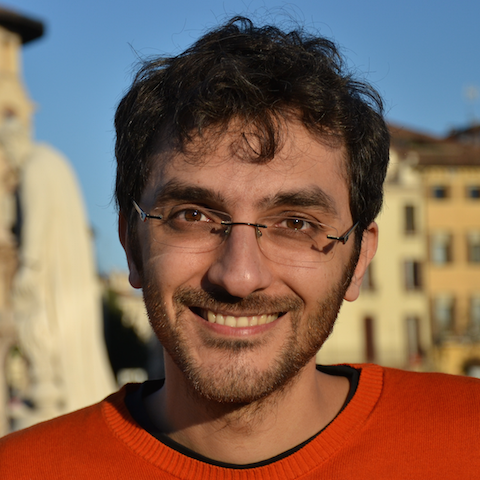
SESSION 3 - 16:00 - 16:45
challenges and perspectives for Space
Quantum communications, the faithful transmission of generic quantum states, allow to implement protocols that are unattainable with classical communications techniques. Some of the most important applications of quantum communications are Quantum-Key-Distribution (QKD), the measurement of entanglement between two remote observers and quantum teleportation. In particular, QKD allows the exchange of secure cryptographic keys between two authorized users with the guarantee of unconditional secrecy. Quantum communications protocols are nowadays implemented in several laboratories on ground and their extension in the Space framework will allows the creation of a global scale quantum network and the realization of novel fundamental tests of physics.
We first review the basic principles of quantum communications. We then discuss the state-of-the art, the challenges and the perspectives of quantum communications in Space.
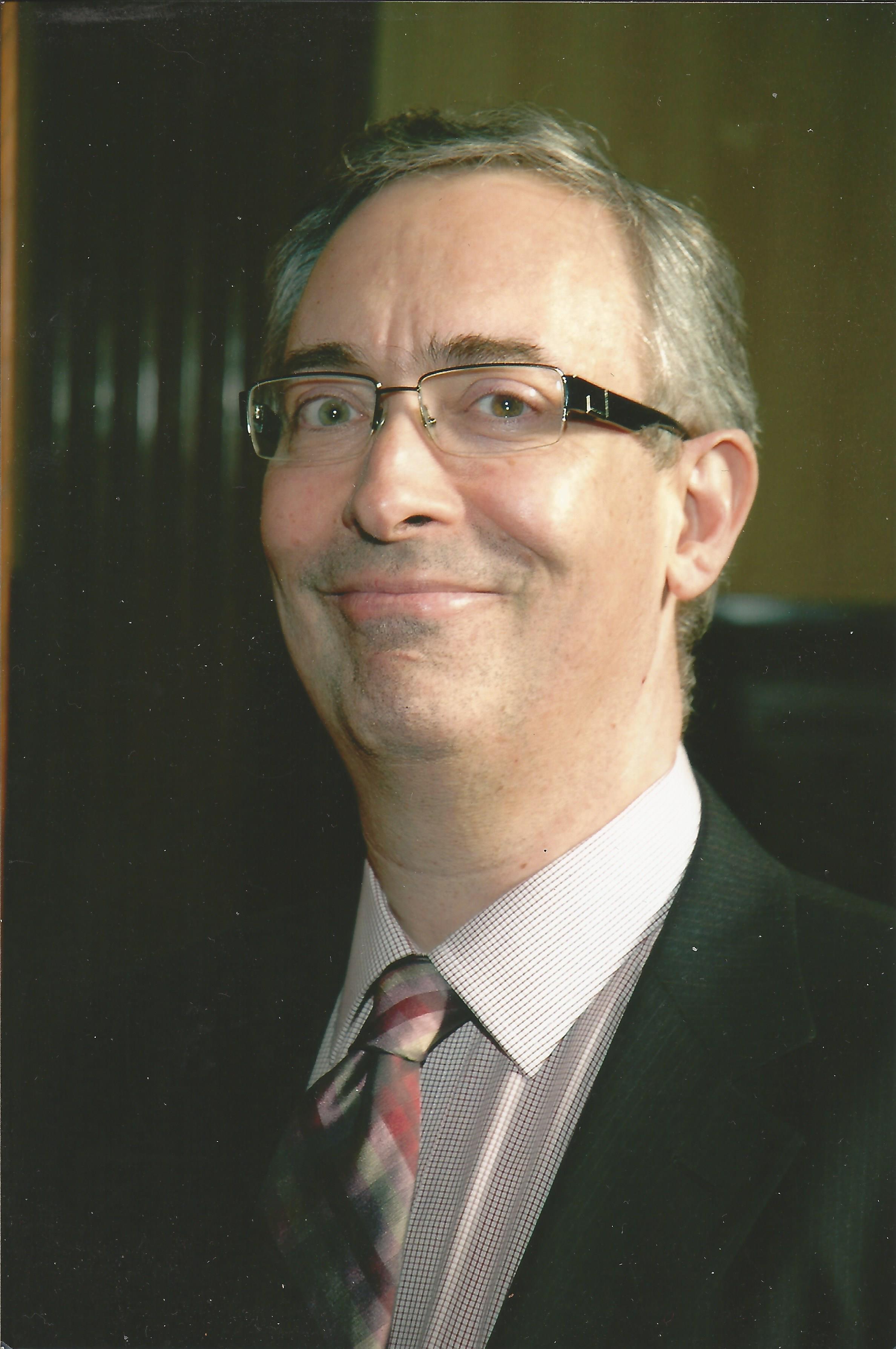
SESSION 4 - 16:45 - 17:30


 PROMOTED BY
PROMOTED BY




